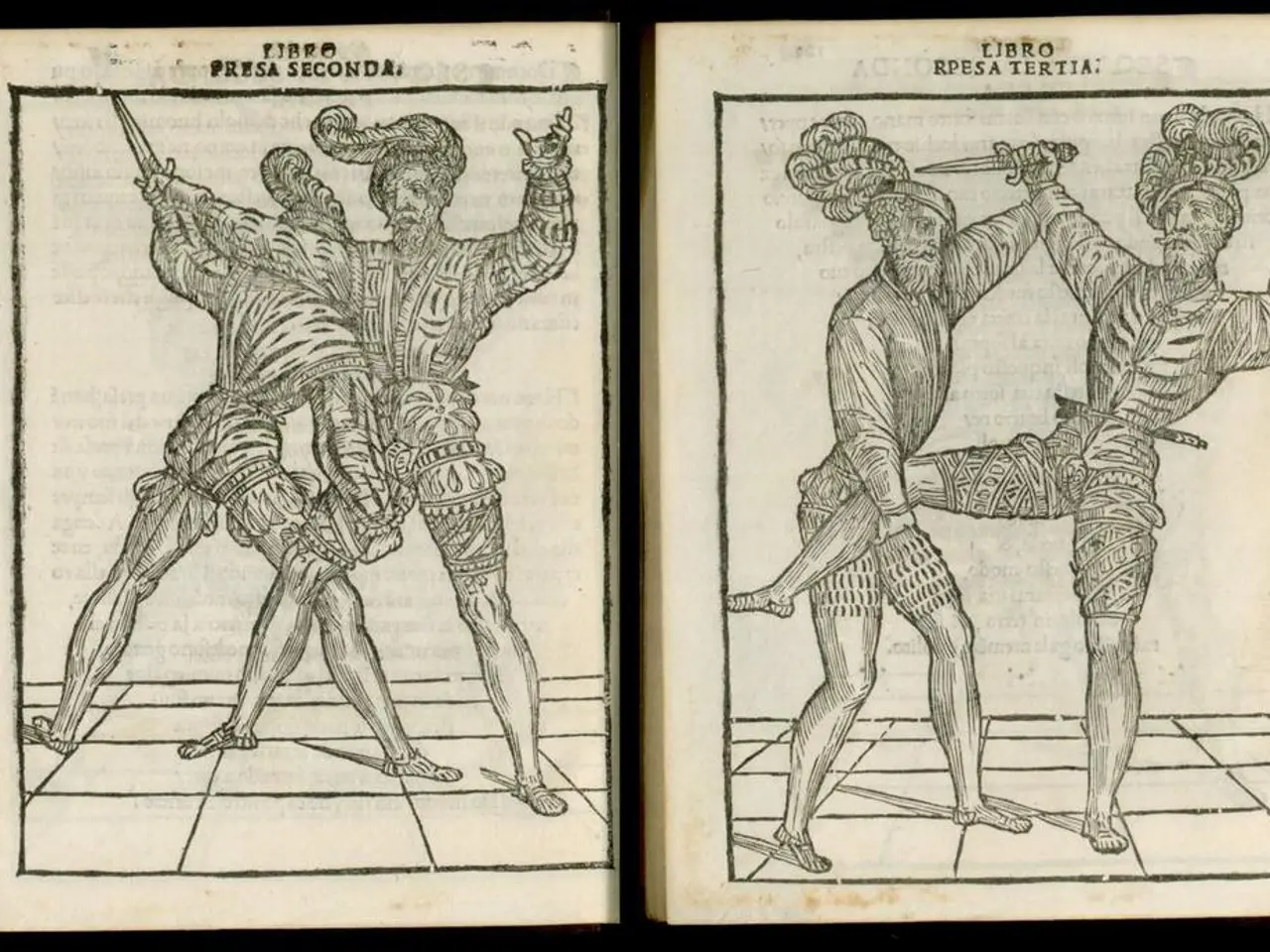Where does the polishing start, and where does reality conclude within this app?
In today's competitive job market, job seekers are turning to AI-assisted tools to help them craft compelling applications. However, it's essential to understand the boundaries between self-marketing and misrepresentation when using these tools.
Bastian Hughes, a career coach and podcaster, believes that it's fair for job seekers to present themselves in the best light in their CVs and cover letters, as companies also present their best sides in job ads. But Hughes warns that those who have "touched up" their CVs should not be surprised if they don't get the job in the end.
According to Hughes, exaggeration or inflating skills slightly might not cross the line unless it constitutes a clear, demonstrable falsehood about factual qualifications or experience. The boundary lies in whether the claim is a fact or opinion. For example, falsely claiming a university degree is misrepresentation, while stating that one works well under pressure is an opinion and not misrepresentation, even if untrue.
Branko Woischwill, a communication and career coach, notes that credibility cannot be automated and those who exaggerate too much risk falling through both the machine and human nets. Woischwill highlights that trust is a crucial factor in the application process, and once damaged, it's difficult to restore.
Ben Dehn, from the application service "Die Bewerbungsschreiber", states that the linguistic quality of AI-generated cover letters varies with the quality of the prompts given to the chatbot. Dehn warns that AI-generated cover letters often include general clichés, excessive use of colons and hyphens, and mix existing competencies and required competencies. Non-experts may struggle to judge whether an AI-generated cover letter is good enough to stand out from the competition.
When using a generative AI tool to write a cover letter based on a job ad and one's CV, one should be able to look in the mirror and live with what's written. Woischwill draws the line where claims are no longer verifiable or plausible, such as a project role becoming a management position without actual evidence.
Hughes recommends using a personal touch in AI-generated cover letters by using one's own cover letter as a template and assigning a specific style to the AI. It should be considered who will read the application later; the formulation should ideally be tailored to the recipient.
Employers sometimes make "astronomical promises" on their websites, but the truth often looks very different. If doubts arise due to inconsistencies, the hiring manager often looks at the reference letter, as it quickly brings the truth to light. The time spent exchanging with an AI chatbot could be spent on research for the application and writing the application itself, according to Dehn.
In summary, the boundary of misrepresentation is crossed when a job seeker knowingly makes a false factual claim material to the employment relationship, as distinct from puffery or vague claims about abilities or traits. Misrepresentation can lead to contract rescission or dismissal for cause. It's essential to tread carefully when using AI tools to help craft applications, ensuring that any claims made are truthful and verifiable. Trust is a valuable commodity in the job market, and once lost, it's challenging to regain.
Job seekers leveraging AI-assisted tools for crafting applications should exercise caution to avoid misrepresentation. Exaggerating skills or fabricating qualifications can lead to loss of trust and potentially termination. For instance, claiming a university degree when one hasn't earned it is misrepresentation, while stating a preference for working under pressure merely amounts to opinion and is not misrepresentation.




